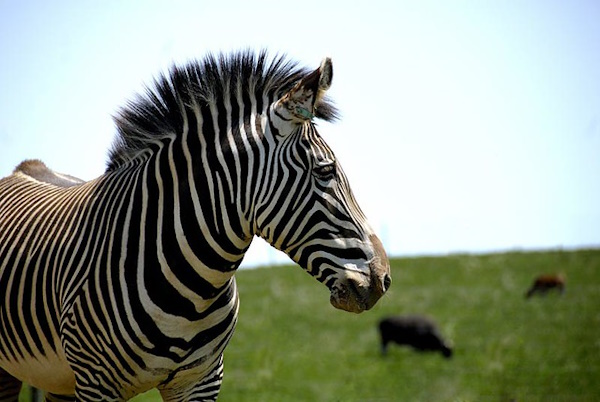Maneless Zebra
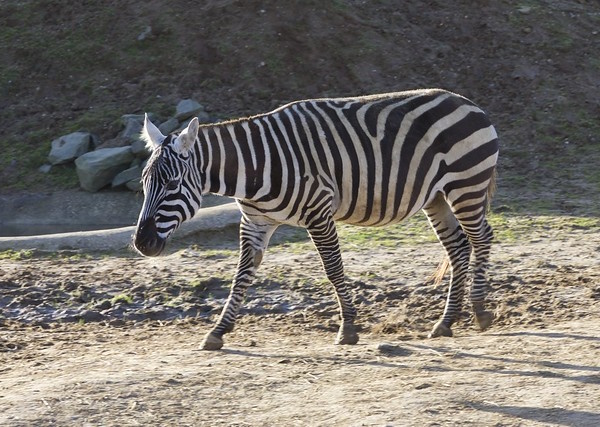
The Maneless Zebra (Equus quagga borensis) is the northernmost subspecies of the plains zebra. They are critically endangered, with roughly 300 animals living wild in the Karamoja district of eastern Uganda. A further 34 Maneless zebras reside in 11 different zoos around the world.
The name “maneless zebra” is a bit of a misnomer: these zebras are born with short, stiff manes but they lose them almost entirely by the age of 2 or 3. (image above via Ronnie Macdonald)
* Amazing Zebra Fact: Zebra stripes may act as a form of “disruptive coloration” Predators find it difficult to single out individuals to attack when herd members blend together to look like a gray mass from a distance.
Crawshay’s Zebra
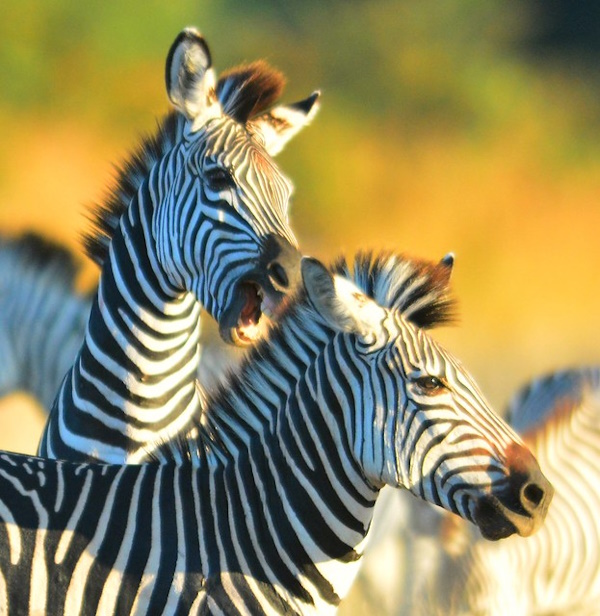
Crawshay’s Zebra (Equus quagga crawshayi) is a subspecies of the plains zebra native to eastern Zambia, Malawi, southeastern Tanzania, and northern Mozambique. Crawshay’s zebras have much narrower stripes, when compared side-by-side with other plains zebra subspecies. As well, some individuals may have partial shadow stripes between the dark stripes on their flanks and rump.
More technically, the lower incisor teeth of Crawshay’s zebras lack an infundibulum, which is the funnel-like center of the tooth that is filled with cementum (a less-mineralized material that is softer than dentine and enamel). We’re not sure how this affects these zebras as they forage but it does help zoologists differentiate them from other plains subspecies so they’ve got that going for them, which is nice. (image above via Pim GMX)
* Amazing Zebra Fact: Some studies suggest that zebra stripes may have a function in thermoregulation by providing a “natural sunscreen”, as different rates of cooling of the black and white stripes can create a rotary breeze.
Cape Mountain Zebra
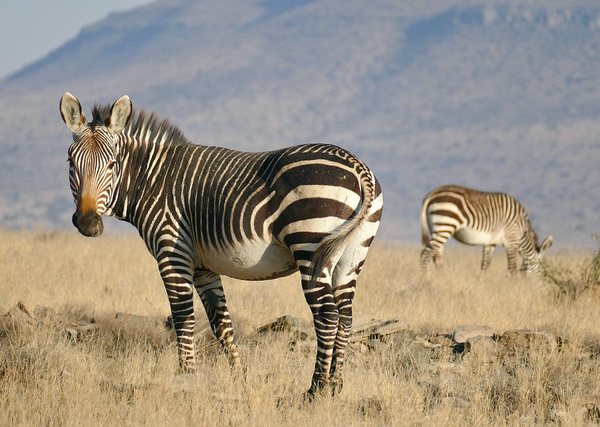
There are two subspecies of Mountain Zebra (Equus zebra), one of which is the Cape Mountain Zebra (Equus zebra zebra) found only in South Africa. Cape mountain zebras are the smallest of the zebra species, with adults weighing an average of 540 lbs (245 kg).
Cape mountain zebras have more stripes on their bodies compared to plains zebras, and consequently the stripes are narrower. The stripes become much wider on their flanks and rumps, however. Like all mountain zebras, these zebras are somewhat stocky-looking and sport distinctive dewlaps under their chins. Cape mountain zebras can only be found in certain rugged regions of the Western and Eastern Cape provinces of South Africa; their total population is estimated to be only about 1,500 individuals. (image above via Bernard DUPONT)
* Amazing Zebra Fact: Zebras and other equids are hind-gut fermenters (unlike ruminants that chew their cud) so their bellies are bloated with gas – the large amount of gas often causes zebras to pass wind when startled.
Hartmann’s Mountain Zebra
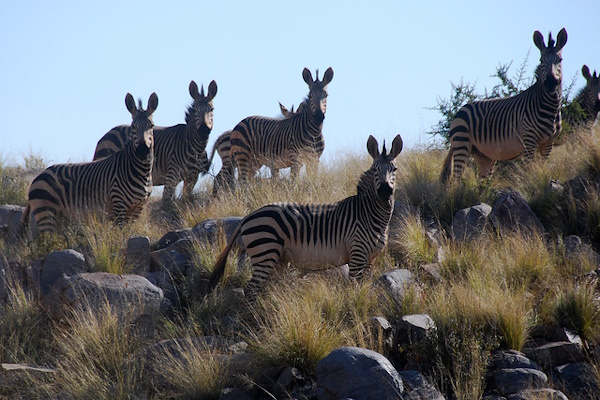
Hartmann’s Mountain Zebra (Equus zebra hartmannae) is the second subspecies of the mountain zebra, and they are only found in scattered areas of Namibia. While they share most of the trademark mountain zebra characteristics with their Cape cousins, Hartmann’s mountain zebras are slightly larger on average.
Hartmann’s Zebras can go without water for up to four days. They can sniff out water and will dig 3 feet beneath dry river beds to uncover it – an activity that benefits other desert dwelling animals. This behavior, combined with their habit of rolling in dust and creating long-lasting rolling pits, has led zoologists to refer to them as “ecosystem engineers”. (image above via Vince O’Sullivan)
* Amazing Zebra Fact: Both Hartmann’s mountain zebras and Burchell’s zebras are frequent visitors to the Wegkruip waterhole in Gondwana Namib Park, located in the Namib desert. Viewers of a 24-7 live-stream focused on the waterhole recently noted a Zebra foal confirmed to be a rare “hybrid”, with a Burchell’s mare for its mother and a Hartmann’s stallion for its father.
Striped animals got you holding your nose? Check out Smell Ya Later: The World’s 7 Most Amazing Skunks!

